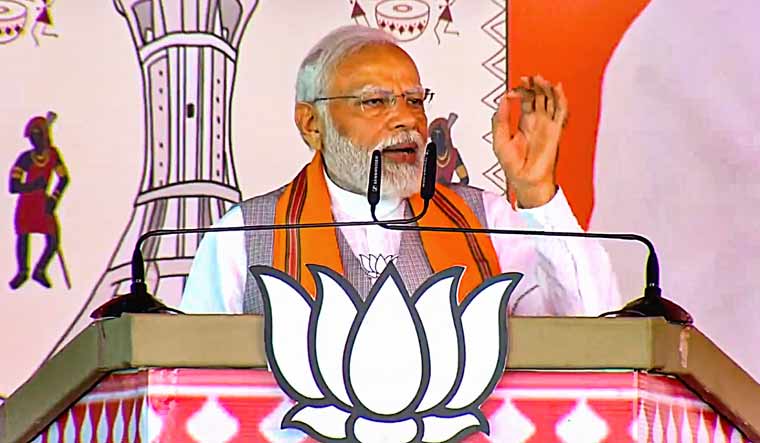
“I do not believe in taking the right decision, I take a decision and make it right”. Such were the words spoken by the founding father of Pakistan, ‘Quaid-E-Azam’, a phrase in Urdu translating to ‘Great Leader’. A fitting title for a man of sheer will and unparalleled determination, Muhammad Ali Jinnah, a Karachi-born lawyer whose fate would one day be that of the creator of a nation.
A Brief Journey Through Pakistan
Pakistan’s History
14th of August, 1947, the day of the inception of Pakistan would soon become a monumental piece of history in South Asia and a testament to the struggle of the Muslim community in South-East Asia to break free from the shackles of tyranny and oppression after nearly a century. While the British had been introduced to their ‘Golden sparrow’, i.e, the Sub-continent in the very early 1600s and began their trade during the rule of Jehangir,1858 would mark the year when India came under the direct control of the Queen in England. What followed was various uprisings and severe political unrest for nearly 100 years. Multiple religious groups, the Hindus, Sikhs, and Muslims would fight for political power with not only the British but amongst themselves as well. It was only after partition in 1947 and the creation of India and Pakistan that there was some semblance of peace. Albeit, at the cost of the massacres of thousands.
Pakistan’s Social and Cultural Heritage

To date, Pakistan has remained one of the most unique countries on the globe. The country has a predominantly Islamic heritage, with Islam playing a central role in both tradition and legislature. However, it has seen its fair share of dynasties, spanning from the ancient Indus Valley Civilization in 3300 BCE to the powerhouse of the subcontinent, The Mughal Empire lasting from 1526-1857 AD. These in turn have had significant and long-lasting impacts on the Country’s cultural heritage.
Pakistan’s culture is shaped by the diverse ethnicities and languages of its people, namely, the Punjabis, Sindhis, Pashtuns, Baloch, and many others. This variation in ethnicities has birthed one of the richest traditions of poetry, music, dance, art forms, and food, on the globe due to dissimilar cultures in each province. The Urdu language itself stems from an amalgamation of Persian, Arabic, and Farsi which early Muslim armies used in the 12th century. The soldiers at the time hailed from different tribes and ethnicities and did not have a unified language. It was around this time when Urdu, a common language for soldiers to communicate in, was created.
An integral part of the tradition in the country is the cuisine. The refinement of the use of spices for centuries has led to diverse food, including kebabs, biryani, and curries.
Topography

Through the gushing valleys and pine-ladened mountain peaks of Khyber Pakhtunkhwa, over the vast expanses of Punjab, to the amorphous mud pits and the starkly primitive mud volcanoes of Balochistan, Pakistan’s topography is as diverse as its culture. Its southern regions are home to not only a long coastline along the Arabian Sea but also the Indus Delta which besides the flourishing ecosystems, have played an integral role in trade and commerce.
Present-Day
However, since its foundation was laid in 1947, Pakistan has been the victim of decades of political instability, sanctions, and internal conflicts. With the split of East Pakistan, poor leadership, and threats of terrorism that were prevalent in the country in both its early and late stages, its economy still suffers from the latter’s crippling effects. Currently having accumulated a debt of 62.46 trillion PKR, Pakistan narrowly edges the line of bankruptcy (Click here to find out more about its debt situation). Poor management has led to devastation to the internal planning of cities which has had a domino effect on all aspects of life for a day-to-day Pakistani. Ranging from pollution, hygiene, transport, and jobs, there is no shortage of sectors that are not plagued as a result of this management. The recent events of mayhem in its political leadership have further pushed the country into a tight spot. Nevertheless, it is not as if there is not a glimpse of hope to be seen. The country has managed to recover a great deal and is on its path to being a sanctuary for the average Pakistani. The polished legislature, improvement in management, and the fight against corruption have brought a wind of change within Pakistan.


